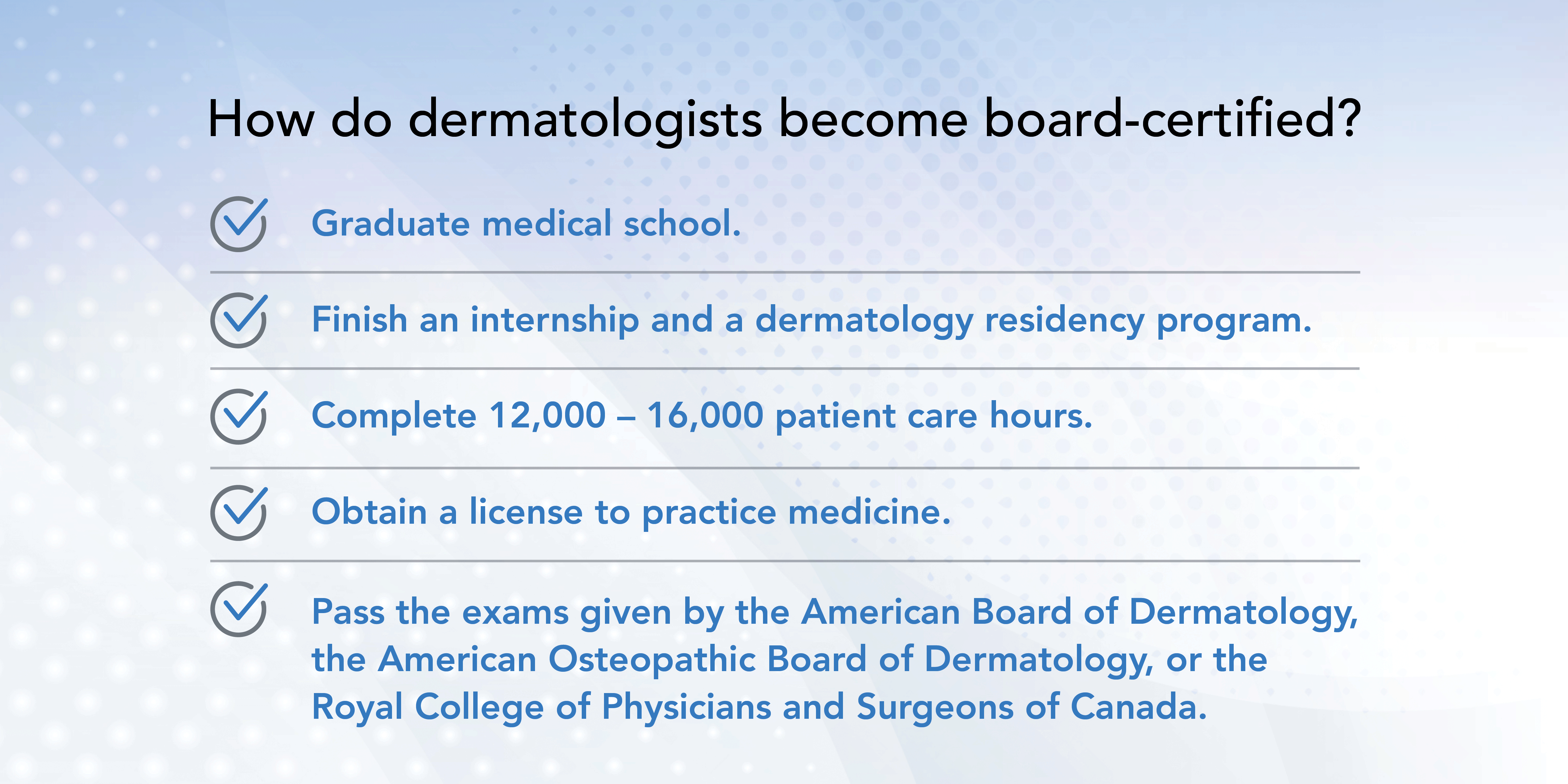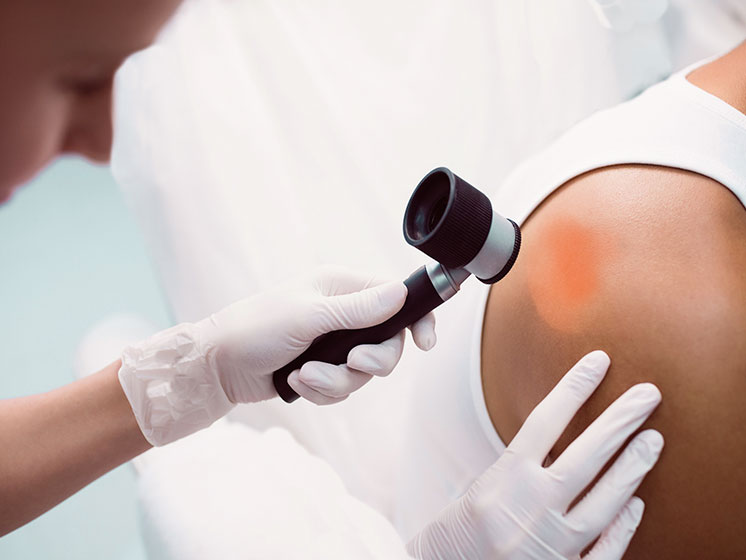The Value of Mohs Surgical Procedure in Dermatology for Skin Cancer Cells Clients: What You Required to Know
When it comes to skin cancer cells treatment, the significance of Mohs surgery can not be overstated. As a highly precise and reliable approach, it guarantees not only the complete removal of cancerous tissue but likewise the conservation of healthy skin.
Understanding Skin Cancer Cells: A Short Summary
Skin cancer, a prevalent and potentially deadly malady, starts as an aberration in the skin cells. There are 3 main kinds of skin cancer cells: basic cell cancer, squamous cell carcinoma, and the extra dangerous cancer malignancy. Early discovery is vital to successful treatment, making normal skin examinations an essential preventive step.
What Is Mohs Surgical Procedure: an Extensive Description
Mohs surgery, an exact medical strategy used in skin cancer cells treatment, is a subject that warrants close interest. This specific procedure, its advantages, and prospective threats will be thoroughly analyzed. The purpose is to give an in-depth understanding of this significant dermatological intervention.
Comprehending the Mohs Procedure
While several may not be acquainted with the term, Mohs surgery is an accurate surgical method largely made use of in the therapy of skin cancer cells. The specialist, who is often a dermatologist, is educated in both surgical treatment and pathology, enabling for the immediate and exact analysis of the cells. This distinct facet of Mohs surgical procedure substantially enhances the opportunities of complete cancer cells elimination and decreases the need for extra therapies or procedures.
Mohs Surgical Procedure: Benefits Explored
Diving deeper into the realm of Mohs surgical procedure exposes a plethora of benefits that make it an attractive alternative for skin cancer cells patients. Its main benefit depends on its accuracy. The method enables the removal of cancerous cells with very little impact on the bordering healthy and balanced cells, preserving as much as feasible of the person's skin honesty. With a success rate of as much as 99% for first lumps and 94% for repeating ones, it provides high remedy rates. Moreover, Mohs surgical treatment is cost-efficient in the long-term, as it typically requires fewer treatment sessions than other techniques. With its capacity to supply instant and detailed tiny exam of the excised cells, it makes sure a thorough elimination of the malignant cells.
Prospective Risks of Mohs
Regardless of its numerous advantages, it is essential to recognize that Mohs surgical procedure, like any type of various other clinical treatment, comes with its very own set of potential dangers. While the micrographic nature of Mohs surgery reduces this danger, it is not totally removed. As with any kind of skin surgical treatment, there's a tiny threat of the cancer cells recurring.
The Treatment of Mohs Surgery: Step-by-Step
To truly appreciate the complexities of Mohs surgical treatment, it is crucial to stroll via the treatment step-by-step. From the first prep work for the surgical treatment to the post-procedure treatment and healing, each phase plays an important duty in the success of the treatment (chemical peel). This area will certainly information the process, providing a detailed review of what people can anticipate during their journey via Mohs surgical procedure
Recognizing Mohs Surgical Procedure Treatment

Getting Ready For Mohs Surgical Treatment
Prior to going through Mohs surgery, meticulous preparation is crucial for a smooth treatment and effective result. Clients should likewise be notified about the possible threats and benefits of the surgery.
On the day of the treatment, people are advised to consume a typical breakfast unless advised otherwise. Comfortable garments is suggested, and clients should intend to bring a book or similar thing for enjoyment throughout waiting durations. It ought to be kept in mind that the treatment can last several hours, relying on the intricacy of the instance.

Post-Procedure Care and Healing
What does post-procedure care and recovery look like for patients who have undergone Mohs surgery? After see page the surgical procedure, patients are usually provided injury treatment directions to facilitate proper recovery. It's worth keeping in mind that while Mohs surgical procedure has a high success price, healing may differ depending on the size and location of the skin useful content cancer cells, as well as the person's total wellness.
The Efficiency and Success Rate of Mohs Surgical Procedure
Usually promoted as one of the most reliable treatments for skin cancer cells, the success rate of Mohs surgical treatment is without a doubt outstanding. Researches show that for primary basal cell cancer, the most usual type of skin cancer, Mohs surgical treatment flaunts a five-year cure price of up to 99%.
Potential Dangers and Difficulties of Mohs Surgery
In spite of its high success price, Mohs surgical procedure is not without potential threats and problems. These can include infection, blood loss, or an adverse reaction to local anesthetic. Individuals might also experience pain or discomfort at the surgical site. In some situations, the surgical procedure may leave a mark or transform the appearance of the skin. Nerve damage is a less typical, however severe, danger which can cause feeling numb or weakness in the area. In rare instances, the cancer may not be totally removed throughout the treatment, requiring additional visit the site treatment. Additionally, just like any type of surgical treatment, there's always a danger that the cancer can return. It's essential that individuals know these prospective dangers before going through Mohs surgery.
Post-Surgery Treatment and Preventive Actions for Skin Cancer Recurrence

Final thought
In summary, Mohs surgery plays an important role in dermatology, using skin cancer individuals a reliable treatment with high success rates. Recognizing Mohs surgery equips clients to make enlightened decisions for optimal therapy results.
Comments on “Protect yourself from skin cancer with routine screenings.”